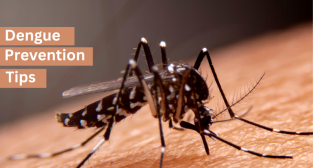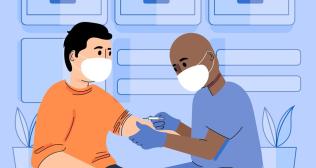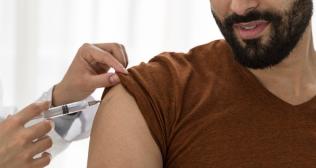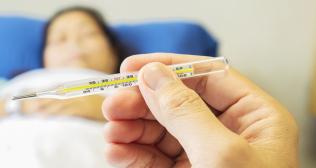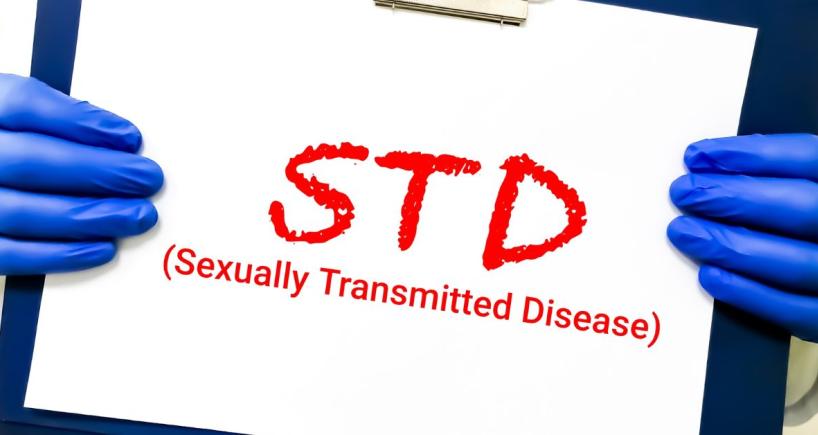
Diagnosis and treatment of sexually transmitted infections
The World Health Organisation (WHO) has released a new report depicting that HIV, viral hepatitis, and sexually transmitted infections (STIs) continue to present significant public health challenges, causing 2.5 million deaths annually. A few STIs can also be transmitted from mother to child during pregnancy, childbirth, and breastfeeding.
Diagnosis of sexually transmitted infections
A healthcare professional will diagnose a sexually transmitted infection (sexually transmitted disease) post a physical exam as well as testing. One's healthcare provider will ask them about their symptoms and medical as well as sexual history. Post a positive STI diagnosis, one may need to notify their sexual partner(s) that they should also get tested. This can be an extremely emotional process, but telling one's partners can help them get the care they require as well as prevent the infection spread.
What is STI testing?
A sexually transmitted infection test refers to a medical test to assess if a person has an STI. A healthcare provider will review one's symptoms as well as provide a test or tests to assess the cause. There are different tests for each form of STI. STI testing could include:
Urine test
- Utilised to diagnose trichomoniasis as well as sometimes gonorrhea.
- During the test, patient will give as sterile urine sample in a cup as instructed by one's healthcare provider
Swab tests
- Utilised to diagnose HPV, chlamydia, gonorrhea, as well as herpes
- During the test, a provider will utilise a special swab to take a sample from the infection site. In females, samples may be obtained from the vagina or cervix. In males, samples may be obtained from the penis or urethra, the tube that conducts urine out of the body.
Blood test.
- Utilised to diagnose syphilis, HIV, and sometimes herpes
- During the process of test, a health care provider will collect a sample of body fluid - blood from a vein in patient's arm, utilising a tiny needle. Post the needle is inserted, a minute quantity of blood will be accumulated into a test tube or vial
A fluid sample from skin sores.
- A discharge or cell sample from person's body (generally the vagina, urethra, cervix, penis, anus or throat).
STI testing is majority of time pain free. One might feel a small pinch during the process of a blood test or a sting from a swab touching a sore.
Innovations
Next-generation sequencing (NGS) is a technology that can be used to detect and quantify sexually transmitted infections (STIs). NGS can be utilised to detect multiple STIs in a single reaction as well as can be applied to thousands of samples in a single sequencing run.
Role of Artificial Intelligence
The efficiency of artificial intelligence (AI) in diagnosing as well as managing sexually transmitted infections (STIs), nonvenereal genital diseases, as well as complete sexual health is immense. AI shows promise in STI screening as well as diagnosis through image recognition and patient data analysis, potentially increasing diagnostic accuracy while ensuring inclusivity.
A recent study revealed the effectiveness of the AI tool MySTIRisk in pinpointing high-risk subgroups for HIV and other sexually transmitted infections, shedding light on improved risk assessment and testing accessibility.
HeHealth, a computer vision-based digital diagnostic tool trained using 5,000 images of penile STIs, diagnosed syphilis, genital herpes, and genital warts with accuracies of 86%, 93%, and 96%, respectively.
How are sexually transmitted infections treated?
The objective of sexually transmitted infection (sexually transmitted disease) treatment is to:
- Cure several (not all) STIs.
- Lessen one's symptoms.
- Reduce one's probability of spreading the infection.
- Help one get healthy as well as stay healthy.
Treatment for STIs could comprise taking medicines like:
- Antibiotics.
- Antivirals.
One can take these medicines orally (by mouth), or a provider will give them an injection.
Should one get the HPV vaccine?
The human papillomavirus (HPV) is the most predominant viral STI. People with HPV may display no symptoms, or they may develop warts or bumps surrounding the genitals. High-risk HPV can even lead to cervical cancer.
There’s a vaccine to prevent HPV as well as genital warts. Healthcare providers advise kids ages 11 to 12 to receive it as its most effective before they become sexually active. Providers suggest the vaccine for everyone up to age 26, and updated information depicts that people up to the age of 45 may benefit from it.
In a nutshell, diagnosing sexually transmitted diseases (STDs) is of crucial importance, not only so that treatment can be commenced early in order to avoid long-term complications but also to prevent transmission as well as protect communities. There is a wide array of tests of body fluid and ones involving AI available to look for the variety of organisms that cause STDs, comprising trichomonas, Chlamydia, hepatitis, herpes, HIV, and gonorrhea, amongst others.







